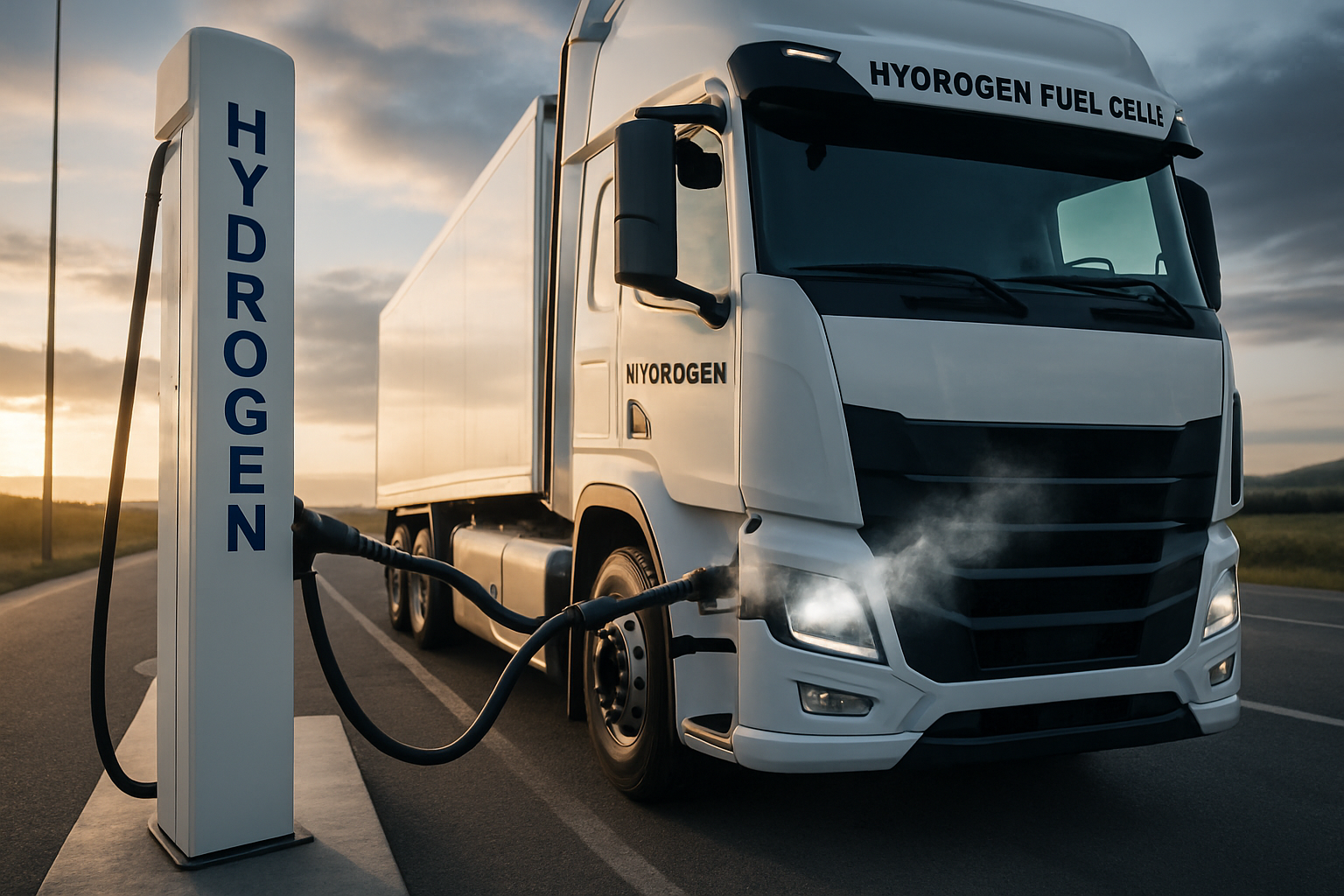Hydrogen Fuel Cell Vehicles: The Quiet Revolution in Automotive Propulsion
In the realm of automotive innovation, a silent yet powerful transformation is taking place. Hydrogen fuel cell vehicles (FCVs) are emerging as a promising alternative to traditional combustion engines, offering zero-emission transportation without the range limitations often associated with battery electric vehicles. This cutting-edge technology harnesses the power of hydrogen to produce electricity, emitting only water vapor as a byproduct. As automakers and governments alike seek sustainable solutions to reduce carbon footprints, FCVs are increasingly capturing attention and investment. But what exactly are these vehicles, and how do they work? Let's dive into the world of hydrogen-powered transportation and explore its potential to reshape our roads.

Fueling the Future: Hydrogen Infrastructure
One of the most significant challenges facing the widespread adoption of FCVs is the development of a robust hydrogen fueling infrastructure. Unlike traditional gas stations, hydrogen refueling stations are currently few and far between. However, countries like Japan, Germany, and South Korea are making substantial investments in expanding their hydrogen networks. In California, the number of hydrogen stations is steadily growing, with plans to have 200 stations operational by 2025. This expansion is crucial for the viability of FCVs, as it addresses one of the primary concerns for potential adopters: range anxiety.
Performance and Efficiency: How FCVs Stack Up
Hydrogen fuel cell vehicles offer several advantages over both traditional internal combustion engines and battery electric vehicles. FCVs can refuel in a matter of minutes, similar to conventional cars, providing a familiar experience for drivers. They also boast impressive range capabilities, with some models able to travel over 400 miles on a single tank of hydrogen. In terms of performance, FCVs deliver instant torque and smooth acceleration, characteristic of electric powertrains. However, the overall efficiency of FCVs is a topic of debate, as the process of producing, compressing, and transporting hydrogen can be energy-intensive.
Environmental Impact: Beyond Zero Emissions
While FCVs emit only water vapor during operation, it’s essential to consider the entire lifecycle of hydrogen production and distribution when assessing their environmental impact. Currently, most hydrogen is produced through steam methane reforming, a process that relies on natural gas and produces carbon dioxide as a byproduct. However, there’s growing interest in green hydrogen production methods, such as electrolysis powered by renewable energy sources. As these cleaner production techniques become more prevalent, the environmental benefits of FCVs will become even more pronounced.
The Road Ahead: Challenges and Opportunities
Despite the promising potential of hydrogen fuel cell technology, several hurdles remain on the path to widespread adoption. The high cost of fuel cell systems and hydrogen production currently makes FCVs more expensive than their conventional counterparts. Additionally, the lack of a comprehensive fueling infrastructure in most regions limits the practicality of FCVs for many consumers. However, ongoing research and development efforts are focused on reducing costs and improving efficiency. Collaborations between automakers, energy companies, and governments are driving innovation in this field, with the potential to overcome these obstacles in the coming years.
Conclusion: A Piece of the Sustainable Mobility Puzzle
Hydrogen fuel cell vehicles represent a fascinating and potentially transformative technology in the automotive landscape. While they face significant challenges, the unique advantages they offer – zero emissions, quick refueling times, and long range – make them a compelling option for sustainable transportation. As we move towards a future of diverse and environmentally friendly mobility solutions, FCVs are likely to play an important role alongside battery electric vehicles and other alternative propulsion systems. The journey towards widespread adoption may be long, but the quiet revolution of hydrogen fuel cell technology continues to gain momentum, promising a cleaner and more sustainable automotive future.





